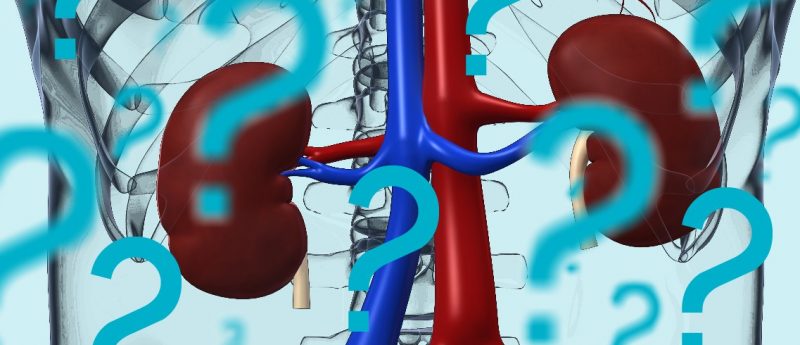Biomarker protocol using labeled proteins to diagnose acute kidney injury?

Acute kidney injury (AKI) is a common condition that can arise for a number of reasons, including sepsis, ischemia and dehydration. It is usually diagnosed by measuring urine flow, or levels of creatinine in serum or nitrogen in the blood.
As current tests do not always indicate the cause of the condition, scientists have been examining the potential of proteomics to provide biomarkers of AKI, which also indicate the cause. In line with the trend for multiple biomarkers of disease, scientists in France have developed a proteomics pipeline. Using AKI for evaluation purposes, the team used isotope-labeled versions of full length biomarker proteins as standards. The technique, known as Protein Standard Absolute Quantification (PSAQ), is recommended by health authorities.
As the aim of the work was to test the new approach rather than find new biomarkers, the team used two previously proposed biomarkers – neutrophil gelatinase-associated lipocalin (NGAL) and liver fatty acid binding protein (L-FABP) – as well as two others, myo-inositol oxygenase (MIOX) and phosphoenolpyruvate carboxykinase 1 (PCK1).
PSAQ standards for the four proteins were synthesized and added at physiological levels to urine samples from AKI patients and healthy controls. The AKI samples were then divided into glomerular or tubular injury. A combined method using multiple enzyme digestion and filter-aided sample preparation was used to process the urine samples.
The performances of the four selected proteins in the urine samples from patients and controls differed widely. PCK1 was present in very few cases possibly due to instability of the protein. MIOX was found in 80% of controls but in AKI patients was only found near the lower quantification limit and, as such, is not a suitable biomarker for AKI.
NGAL and L-FABP were both more readily detected in urine and the signature peptides from these proteins were able to distinguish between patients and controls. The source of AKI could, however, not be determined as the differences between measurements from glomerular and tubular injury patients were not significant.
As the criteria of this proteomics method follow health authority guidelines, it could be used for diagnostic purposes. Further AKI candidates could be added in the future to allow specification for different kinds of kidney injury and the protocol could even be used to diagnose other diseases.
Source: Gilquin B, Louwagie M, Jaquinod M et al. Multiplex and accurate quantification of acute kidney injury biomarker candidates in urine using Protein Standard Absolute Quantification (PSAQ) and targeted proteomics. Talanta. 164, 77–84 (2017); www.separationsnow.com/proteomic/details/ezine/159a1eac653/Acute-kidney-injury-Biomarker-protocol-with-labelled-proteins.html?tzcheck=1
